The Danger of Carbon Monoxide & Gas Leaks
Home Safety, Prevention & Maintenance
Carbon monoxide (CO) and gas leaks pose serious threats to home safety, often going undetected until it's too late. Learning how to respond to your carbon monoxide detector's warnings is crucial for protecting your family.

Understanding Carbon Monoxide
Carbon monoxide is a colorless, odorless gas produced by the incomplete combustion of fossil fuels. Unlike natural gas leaks, which often have a smell, carbon monoxide has no smell, making it impossible to detect without detectors.
Carbon Monoxide Detector Signals
Understanding your carbon monoxide detector's beeps and chirps is essential:
4 beeps and a pause: EMERGENCY. CO has been detected. Evacuate immediately and call 911.
1 beep every minute: Low battery. Replace batteries soon
5 beeps every minute: End of life. Replace the entire detector
If your carbon monoxide alarm is beeping or chirping, always take it seriously. A carbon monoxide detector chirping could be signaling a life-threatening situation.
Natural Gas Leaks vs. Carbon Monoxide
While carbon monoxide is odorless, natural gas leaks often have a distinct smell due to added smells or scents. However, relying on smell for detection is dangerous.
Proper Placement of Carbon Monoxide Detectors
Where you place carbon monoxide detectors is critical:
Install detectors on every level of your home
Place them near sleeping areas
Keep detectors away from fuel-burning appliances
Follow manufacturer guidelines for specific placement instructions
Responding to Alarms
If your carbon monoxide alarm beeps in a pattern indicating high CO levels:
Immediately evacuate all occupants
Move to fresh air
Call emergency services
Do not re-enter until professionals have cleared the area
Prevention and Maintenance
To prevent CO buildup and gas leaks:
- Schedule regular inspections of fuel-burning appliances.
- Ensure proper ventilation in areas with fuel-burning appliances.
- Never use outdoor cooking equipment or generators indoors
- Replace CO detectors every 5-7 years, even if they seem functional.
Properly functioning and well-placed detectors can mean the difference between life and death. Don't ignore your carbon monoxide alarm when it's beeping or chirping.
Did you know that Ackerman Security also includes carbon monoxide detectors as an essential part of a home safety system? Wondering how safe your home is? Call a safety specialist at 770.525.1846.






